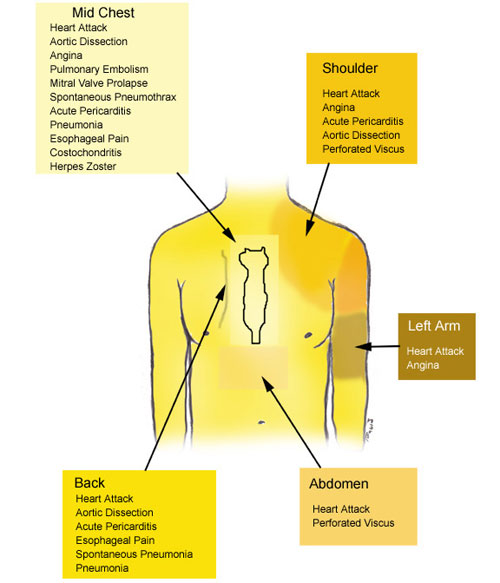

It can also cause abnormal heart rhythms (arrhythmias). If severe, this inflammation can weaken the heart and decrease its ability to pump blood properly. myocarditis – which is inflammation of the heart muscle (myocardium).The pain can get worse when you lie down or take a deep breath. However, it may also feel like a dull, pressure-like ache for some people. Pain from pericarditis usually feels sharp or stabbing. pericarditis – which is inflammation of the protective sac (pericardium) surrounding your heart.Other heart-related causes of chest painĬhest pain can also be a symptom of other heart conditions: Pain from angina is often relieved with rest or medicines. Unlike a heart attack, angina does not cause permanent damage to the heart muscle. Coronary heart disease occurs when there’s narrowing of the coronary arteries supplying blood to the heart muscles, due to a build-up of a fatty substance in the arteries (plaque).Ĭhest pain caused by angina can be triggered by:Īngina is not the same as a heart attack.

It often occurs when your heart is working harder than usual and needs more oxygen-rich blood than the narrowed arteries can deliver.Īngina is a symptom of an underlying heart condition, usually coronary heart disease. AnginaĪngina is temporary chest pain or discomfort that happens when your heart doesn’t get enough blood and oxygen. If symptoms are severe, or getting worse, or last for more than 10 minutes, call Triple Zero (000) immediately and ask for an ambulance. If you, or someone you know, is experiencing the warning signs of a heart attack – tell someone. It is also possible to experience a ‘silent heart attack’, where you might not have any symptoms at all. You may have just one or a combination of these symptoms. Warning signs of a heart attack vary from person to person, and they may not always be sudden or severe. shortness of breath or difficulty breathing.sweating or breaking out in a cold sweat.dizziness, light-headedness or feeling faint.last for several minutes or come and go.Ĭhest pain may occur in combination with other heart attack warning signs such as:.spread to your arms, shoulders, neck, jaw or back.




 0 kommentar(er)
0 kommentar(er)
